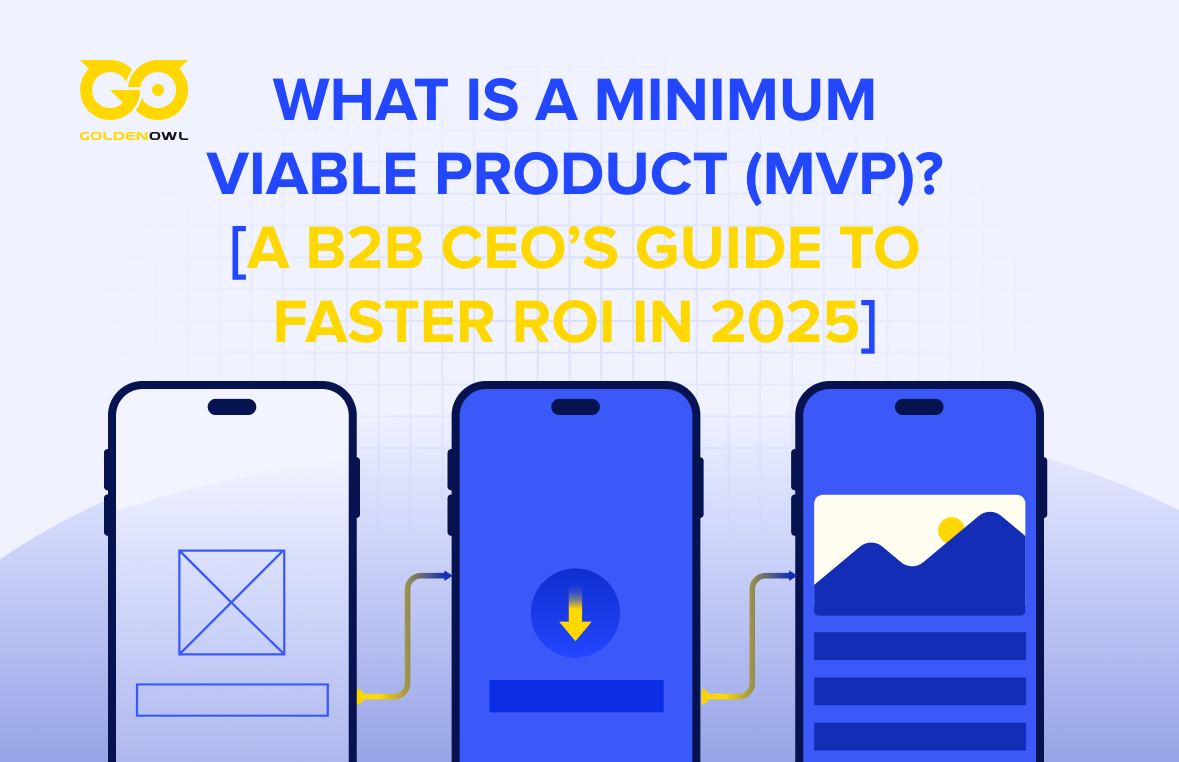A brand that only shows up once in a while on their social channels, and posts only their agenda content while ignoring customer demands will not have the same impact as one that regularly produces real content that solves their audience’s issues.
It's in our nature. It's also how we, as a species, communicate. Even if we don't understand the language in a strange place, we can recognize a smile, a hug, or even crying.
Although most clients aren't aware of it, most purchase decisions are based on emotions. As a result, businesses who understand the real meaning of emotional branding can trigger the appropriate emotions in their customers.
Therefore, they will have an advantage over their competitors.
WHAT IS EMOTIONAL BRANDING?
The technique of building a bond between a customer and a business by appealing to emotions is known as emotional branding or emotional marketing strategy..
Marketers do this through creating material that appeals to consumers' moods, egos, wants, and desires.
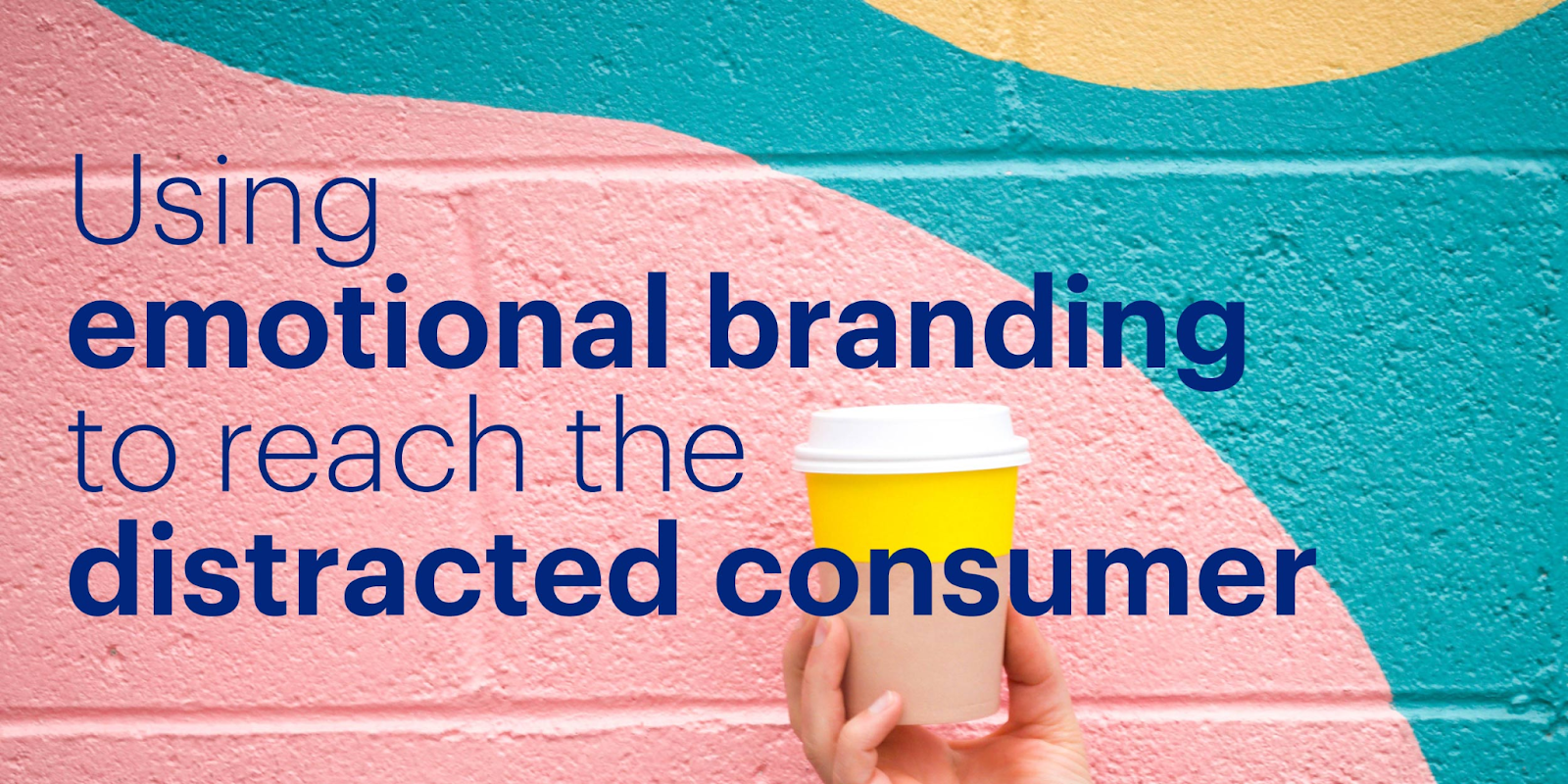
According to psychological study, humans have two unique modes of thought and decision-making: rational and emotional.
In reality, we process emotions in one-sixth of the time it takes us to think rationally.
Brands may thus appeal to the emotional mind to pique interest while leaving the facts for when the rational mind "catch up."
WHY EMOTIONAL BRANDING WORK?
When it comes to making purchases, our "emotion mind" takes the lead.
According to advertising studies, a consumer's emotional response to an advertisement has a 2-3 times bigger impact on their desire to purchase a product than the ad's actual content.
In another research, advertising with only emotional content outscored campaigns with only rational material by nearly 2:1. (31% vs. 16%). Content-emotional ads appeal to our impulsive and buy-now mentality.
BENEFITS OF EMOTIONAL BRANDING TO BUSINESSES
It forms connection: Things are remembered because of their connections. You got to make yourself more than just a plain advertisement or a post on screen to scroll through.
When your target audience feels emotionally connected to your material, they are more likely to participate and engage with your content.
With that done well, you become much more than a brand that only provides a useful service.
Increased customer loyalty: when your audience is emotionally invested in your business, you're building a relationship with them.
This equates to a higher customer lifetime value. As a result, acquisition costs will be lower and earnings will be higher.
It increases trust: Customers begin to regard you as a firm with integrity when you conduct emotional branding successfully.
As a result, you're seen as far more trustworthy than a corporation that sells products/services just for the purpose of profit. You're working towards a goal that's bigger than just making money.
HOW TO USE EMOTIONAL BRANDING EFFECTIVELY AND EXAMPLES
1. Recognize the emotional triggers of your audience.
It's difficult to create an emotional consumer-brand connection, especially when you're targeting a varied audience.
Start by determining what your target audience is most likely to get enthused about when developing your plan, and then include it into each stage of the sales funnel.
It's easier to predict which emotions will resonate with your consumers once you thoroughly get to know them and their individual pain spots.
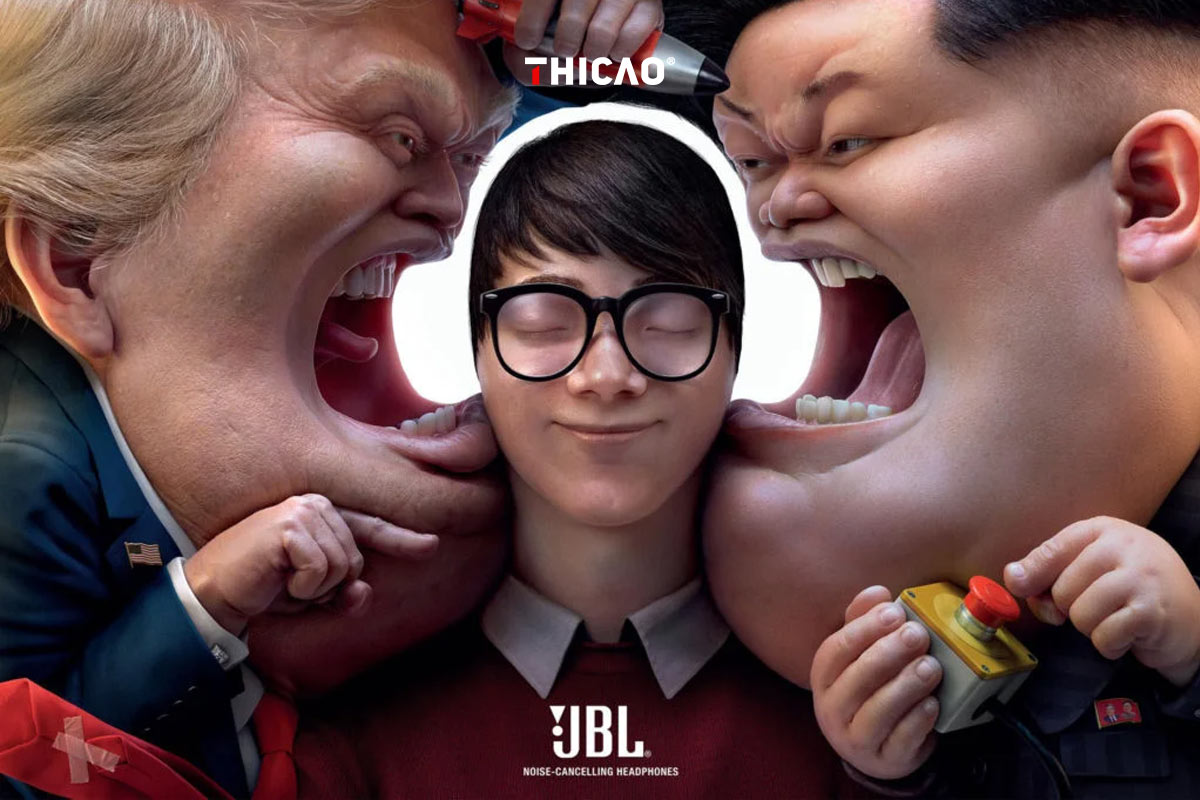
It's logical to begin here since pain elicits feelings — frequently strong ones — and emotion is essential for justifying any big purchase.
In other words, a brand that can identify and speak to their customer’s pain points, that brand wins all the time.
2. Dare to bring out your human side
Vulnerability has long been associated with a lack of strength. You will lose if you display your feelings.
However, when you're publicly vulnerable, people recognize that you're revealing your human side; your relatable characteristics.
Nobody expects perfection from themselves. People are aware of the fact that this is not the case.
Being open and intimate in emotional marketing strategy is becoming increasingly important. Bonding, honest tones, and genuine shared beliefs are essential for connecting with consumers.
Customers utilize social media and internet reviews to weed out any claims that are too good to be true. It's time to embrace the notion of vulnerability, which is a fascinating topic and a valuable tool for everyone involved in driving innovation and progress.
3. Tell an authentic story
Because tales connect with people's emotions, storytelling and emotional branding frequently go together.
Consumers' subconscious minds are engaged by narratives and storytelling, resulting in an emotional bond between the brand and the story.
Amanda D'Annucci’sTed talk "Storytelling, Psychology, and Neuroscience" backs up this claim that storytelling helps people remember what they've heard.
So it's no surprise that businesses use storytelling to create an emotional and psychological impact on customers, ensuring that they remember a tale and, as a result, their brand.
Remember to always seek out stories that people can connect with. Humans have a need to be connected to others and to be a part of a greater group.
We can meet that desire through empathizing with other people's stories. As a result, always search for characters that share crucial traits with your target audience.
4. Use color
Certain colors generate specific feelings in customers, and they have an impact on their purchase decisions. Color, in fact, is credited with 80% of customer brand identification.
Colors have been shown to affect the emotional, physiological, and behavioral states of viewers. Differences in gender are also relevant.
Bright colors, for example, affect women differently than they do to males. Black and purple are related with "powerful/strong/masterful," whereas red is stimulating and blue is associated with "tender/comfortable."
Consider the most well-known brands that use these colors: Facebook blue and Coca-Cola red. This isn't a coincidence.
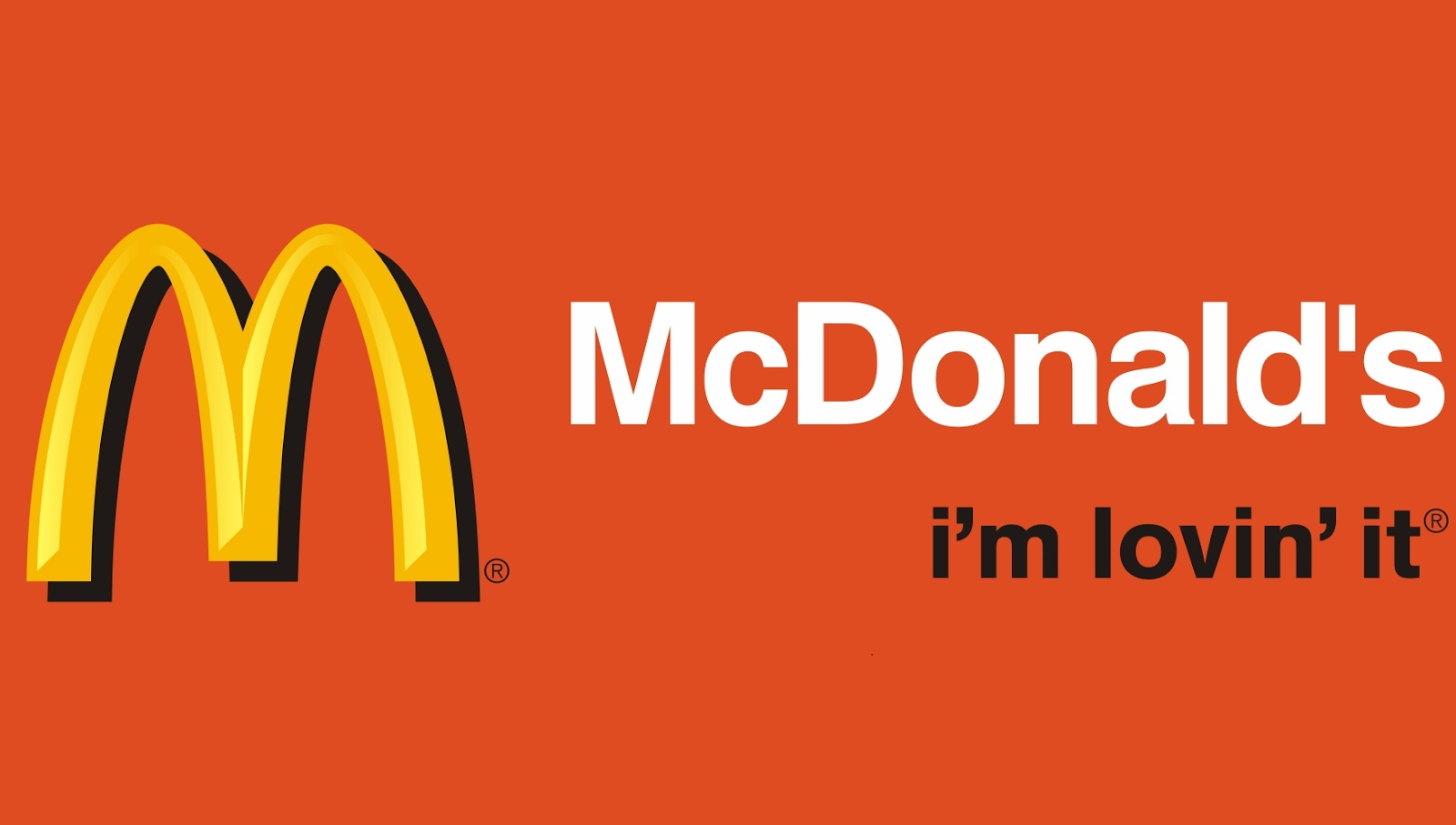
Many marketers take advantage of this color phenomena by understanding their target demographic and appealing to the various emotions they wish to elicit.
5. Make them laugh
Humor may be a great way to get clients to pay attention and memorize your brand.
The Dollar Shave Club TV advertisements tackle serious topics such as the deathbed razor, the dangers of overpaying for blades, and why a decent shave is preferable to space flight.
Melissa Kandel, a marketer, suggests developing a unique method to portray common principles in a hilarious campaign, like as Geico's enormously hit Hump Day commercial, which stars a coworker camel who is a bit too fond of Wednesdays.
A well-timed amusing post may make a user's day better. It will also stand out among the throng.
HIGHLIGHT EXAMPLES OF SUCCESSFUL EMOTIONAL MARKETING STRATEGY
1. Always #LikeAGirl.
In this campaign, which appeals to emotion by making women feel strong and confident using the phrase "...like a girl" on its head. Despite the backlash, the ad went on to win an Emmy, a Cannes Grand Prix, and a Grand Clio award.
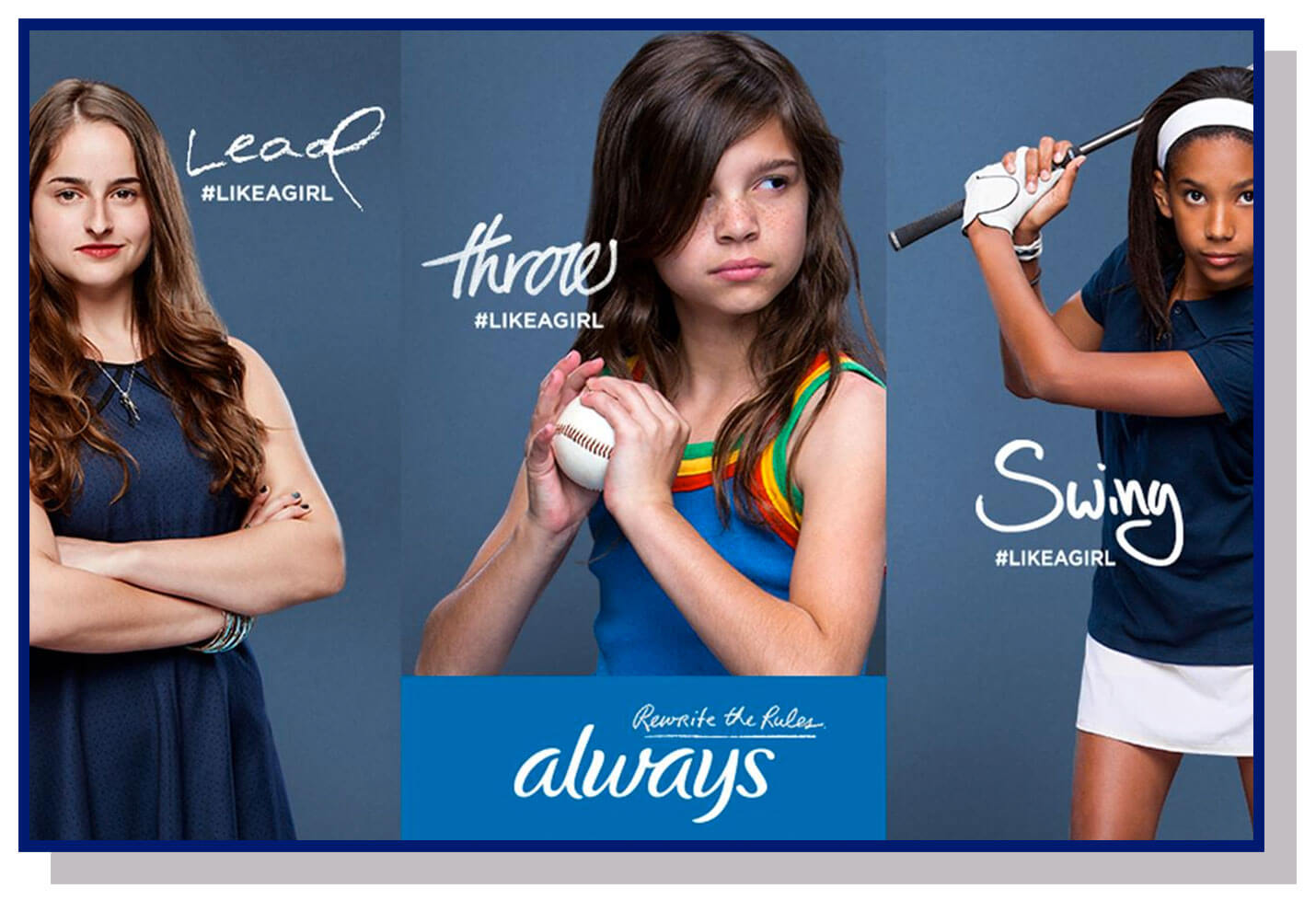
2. Airbnb
Airbnb ran a campaign in New York City in 2014 that employed narrative to elicit an emotional response from potential consumers. Carol, who uses Airbnb to supplement her income while returning to school, is featured in the Airbnb story below. This sort of narrative taps into everyone's desire to help others by utilizing Airbnb:
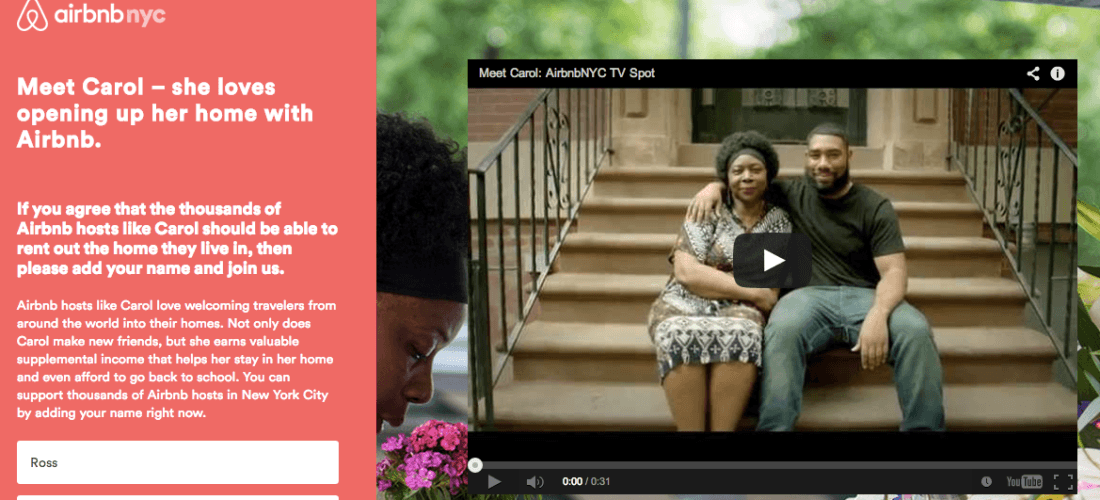
3. Disney

Disney has never been only focused on theme parks and animated films. It's all about the experience — making people feel good, joyful, and nostalgic — and it's done so across cultures, age groups, and socioeconomic levels.
4. Nike
Since the 1980s, Nike has been creating compelling social justice campaigns to combat ageism, homophobia, sexism, and systematic racism.
And, while a small percentage of the people may be irritated by them, the corporation is nonetheless very profitable.
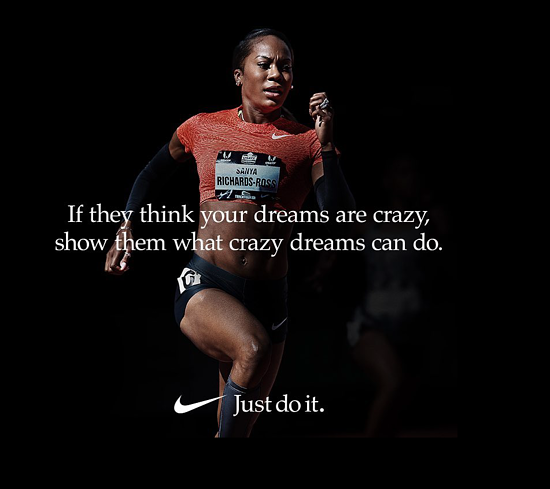
Conclusion:
Emotional branding may be used to improve every aspect of a business, resulting in more devoted customers.
The whole design, including the logo, symbol, and message, should be created to elicit a certain emotional response from customers.
You don't have to be a huge corporation to establish such a strong emotional bond. By paying attention to the psychology of today's shoppers, businesses of all sizes may achieve this.
Let us help you start right away by building a helpful and valuable website that makes everybody loves. Contact us now!




















